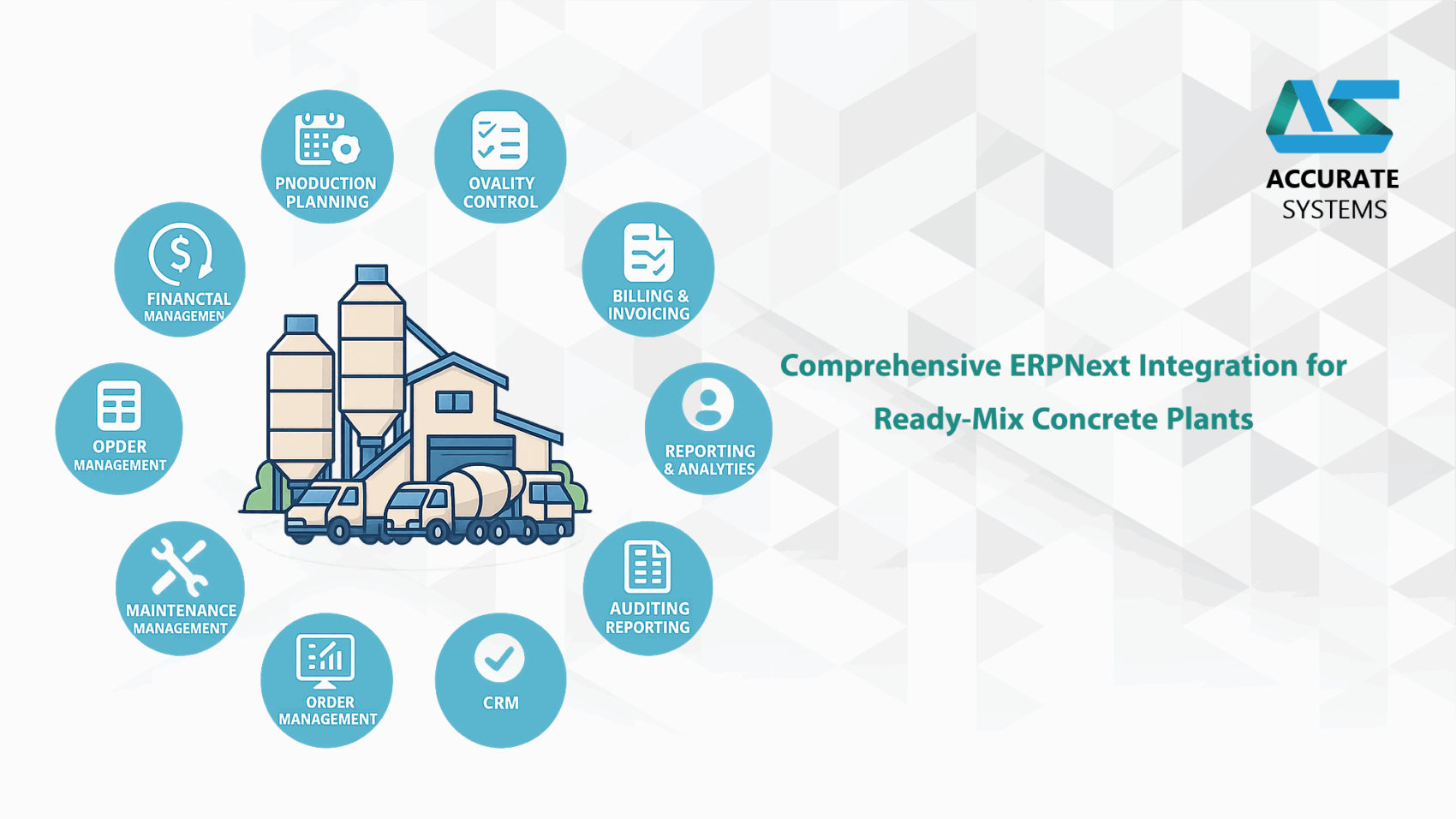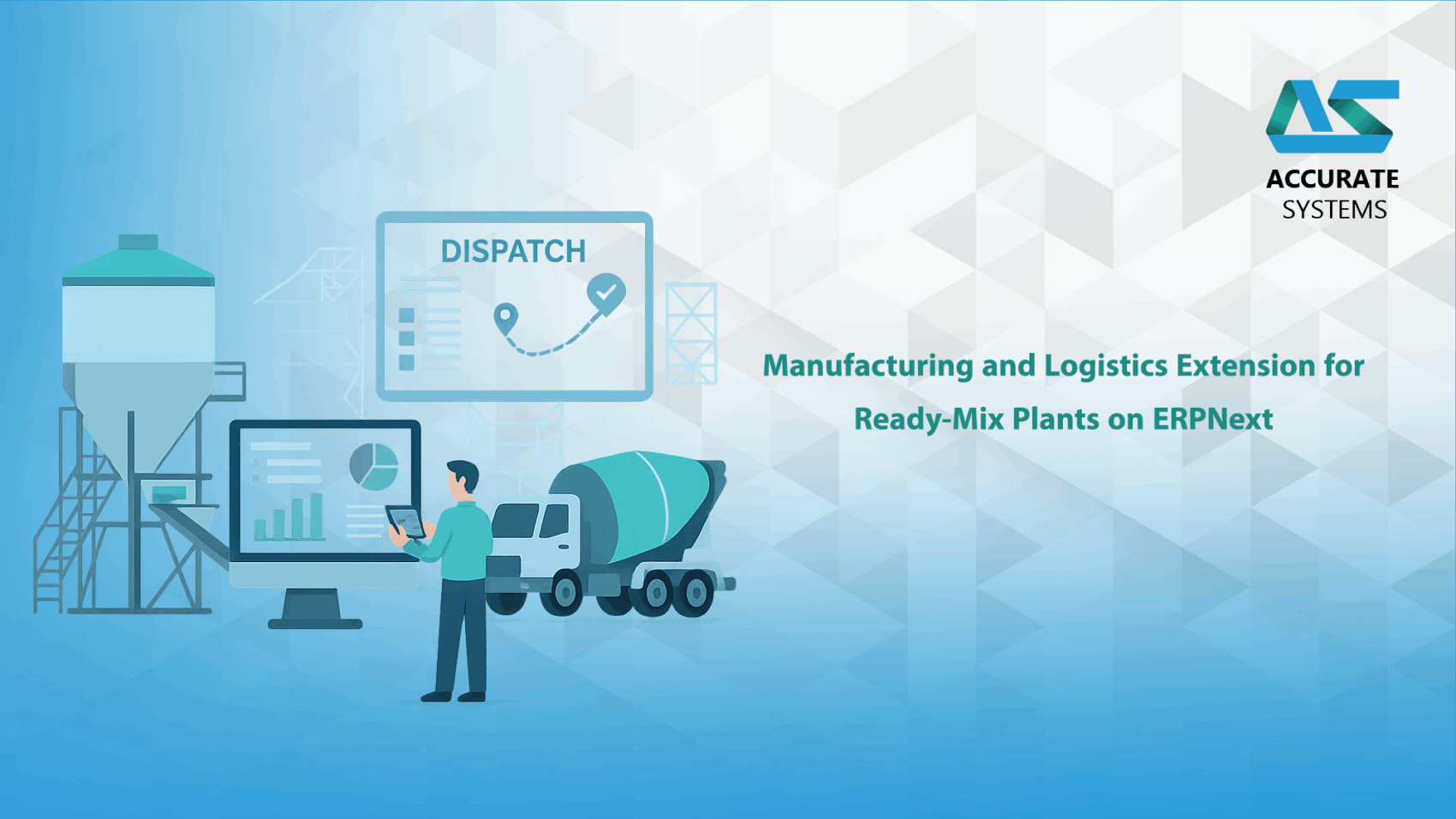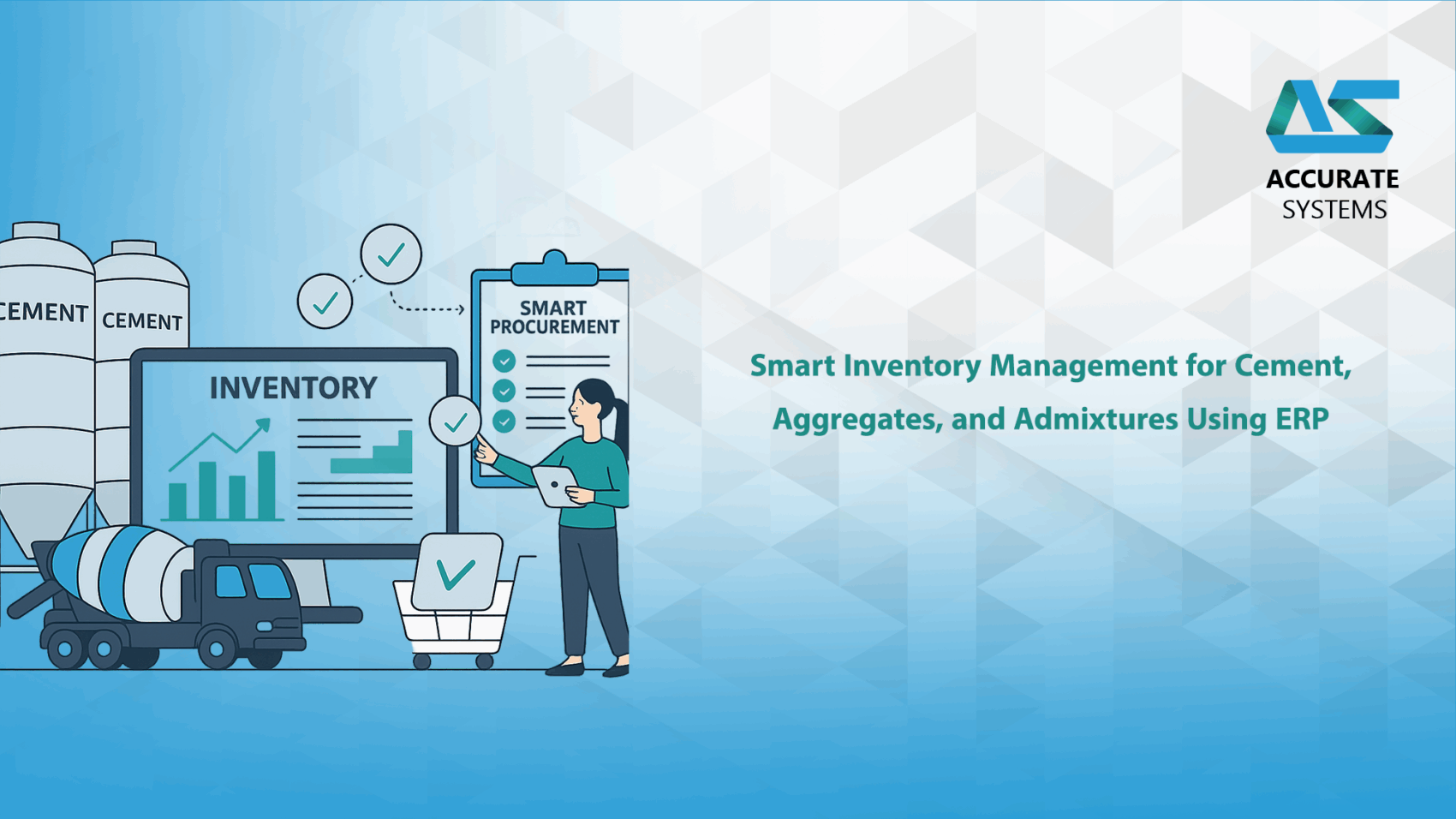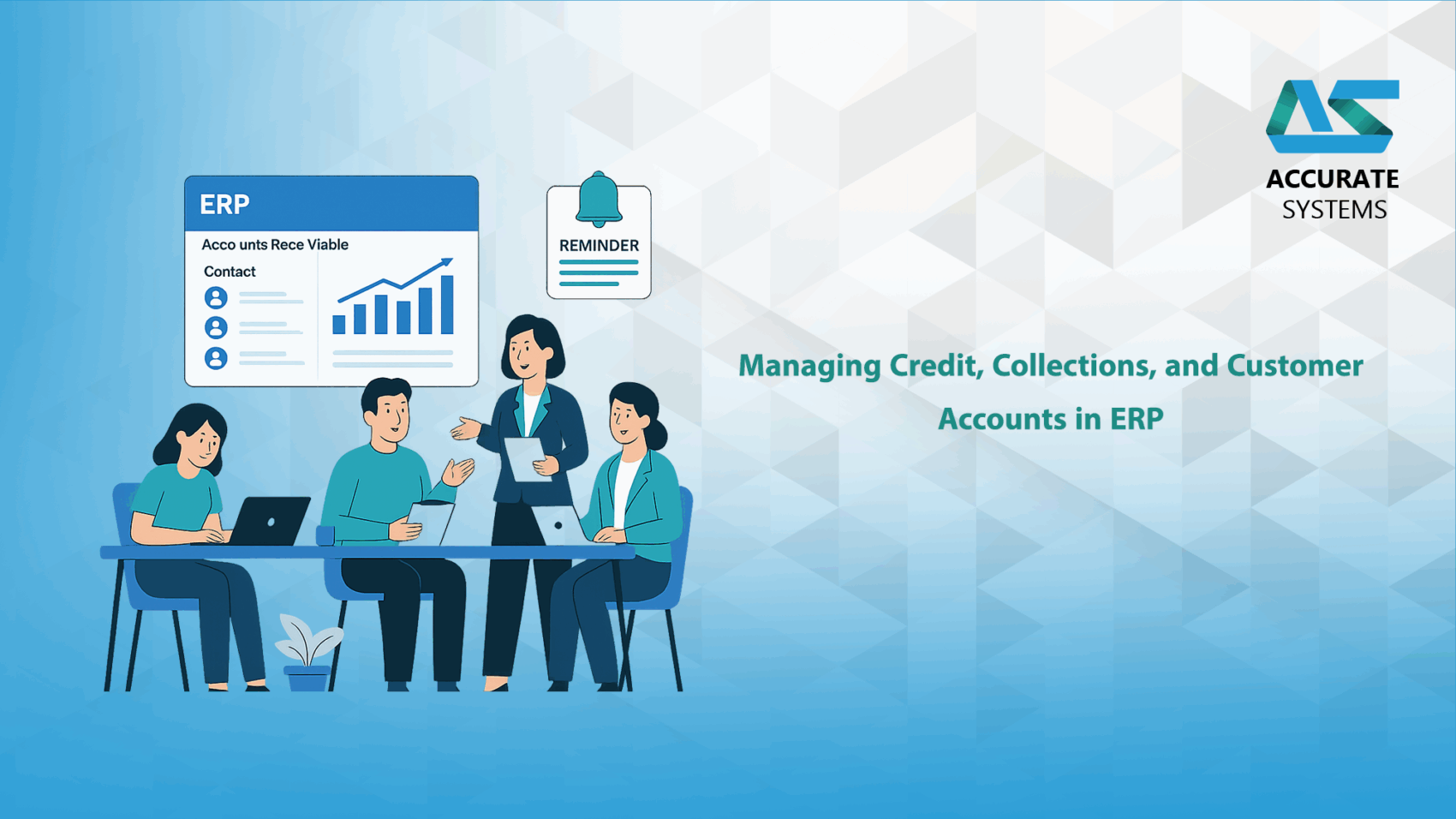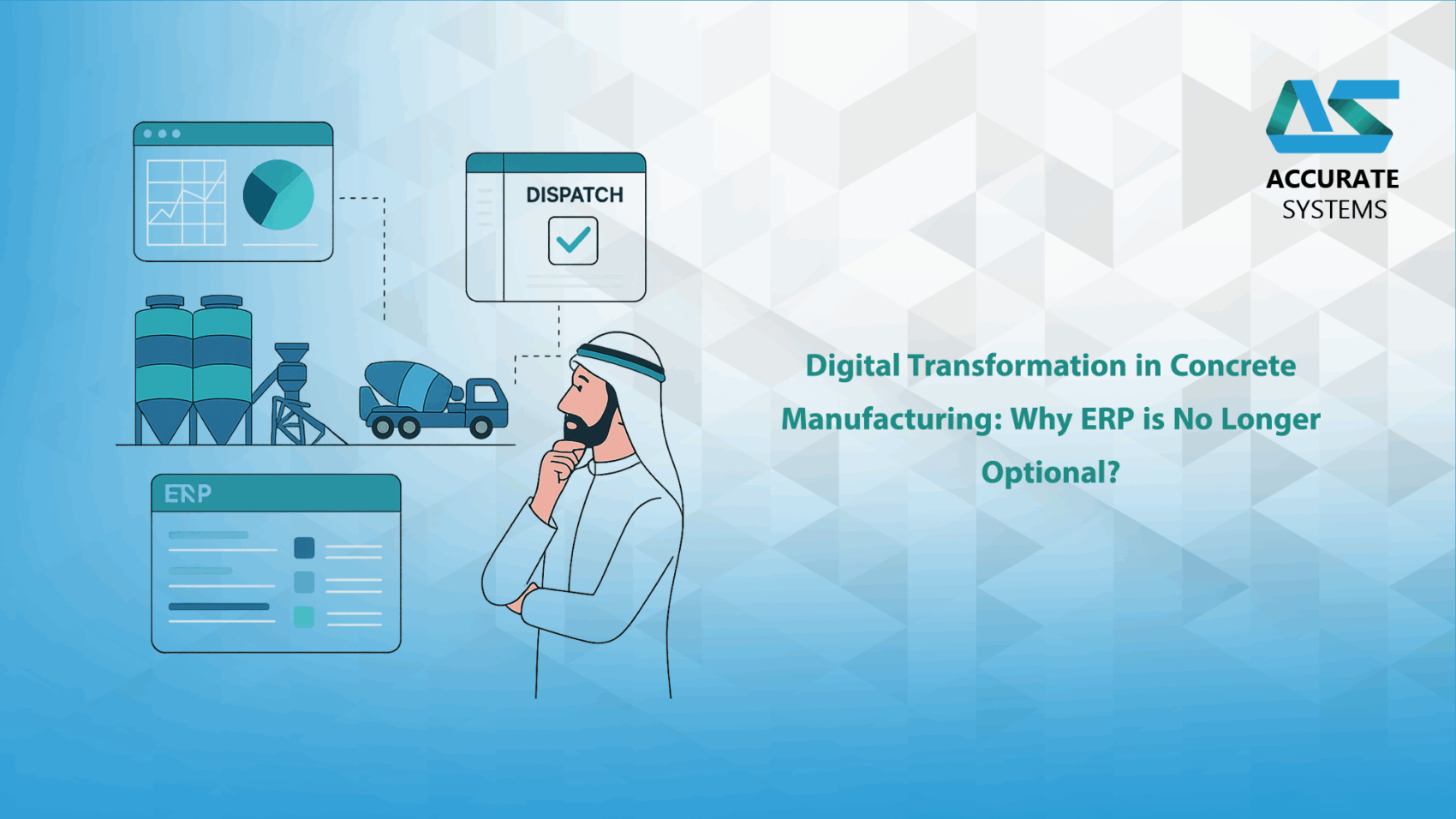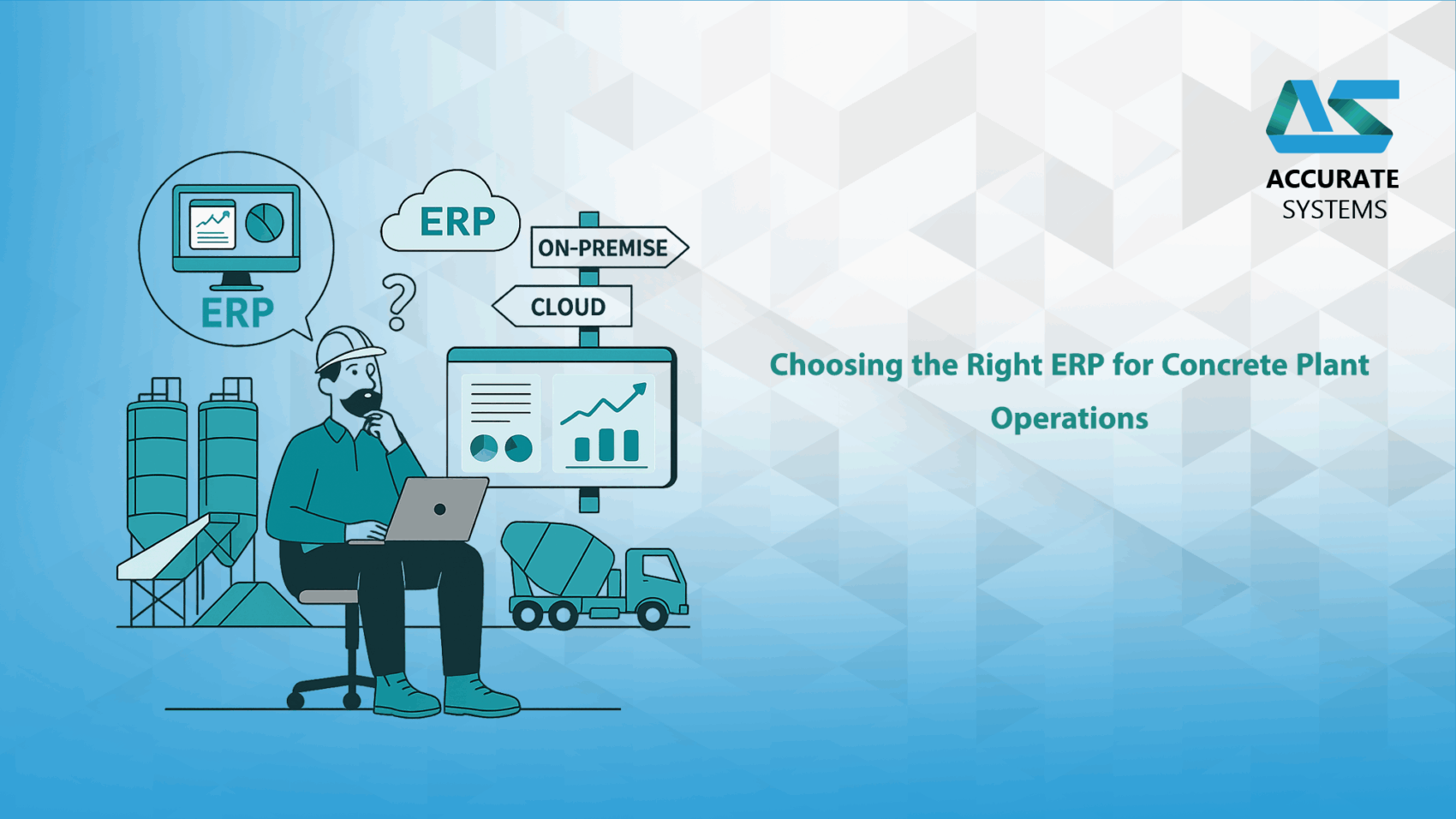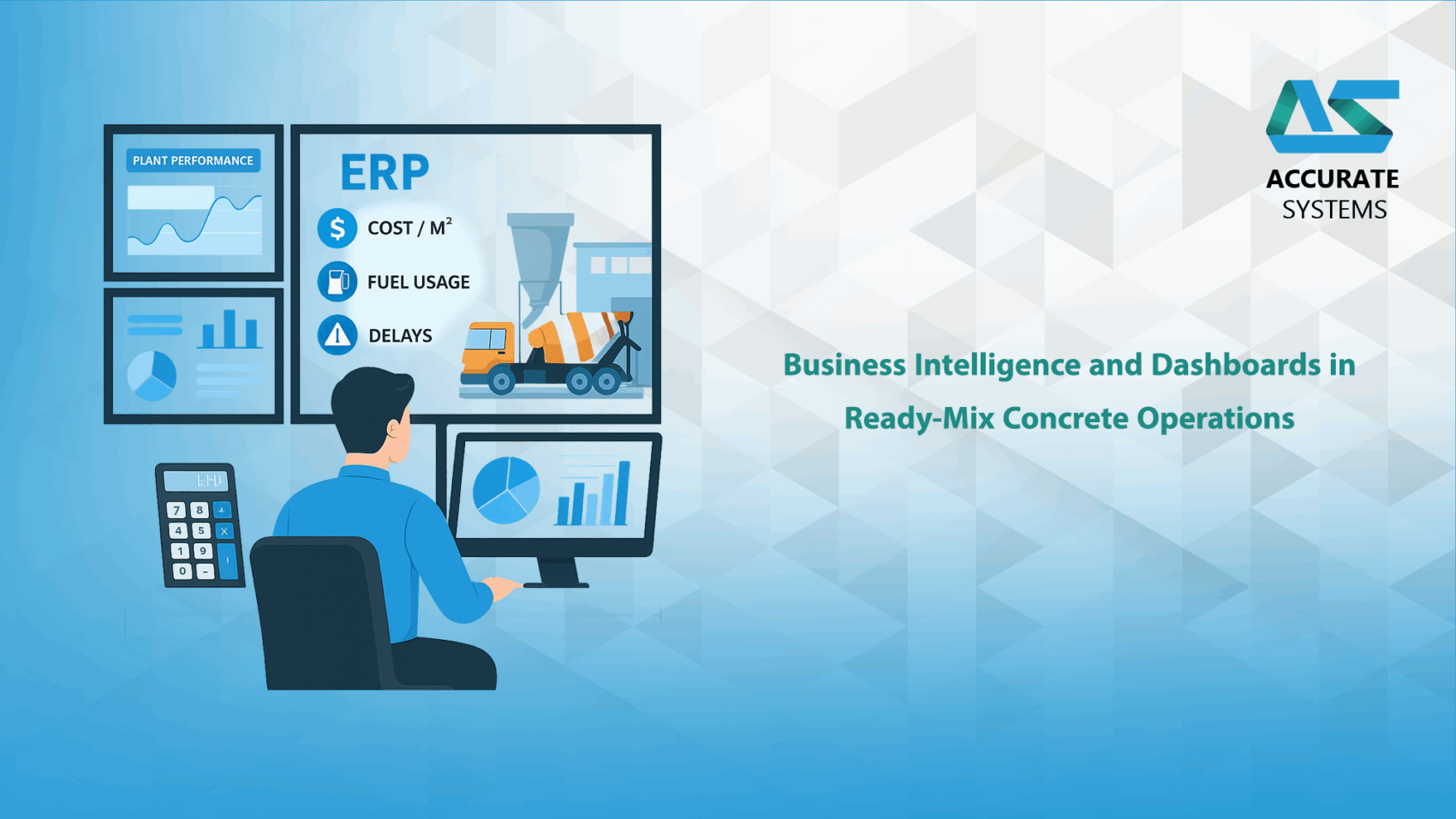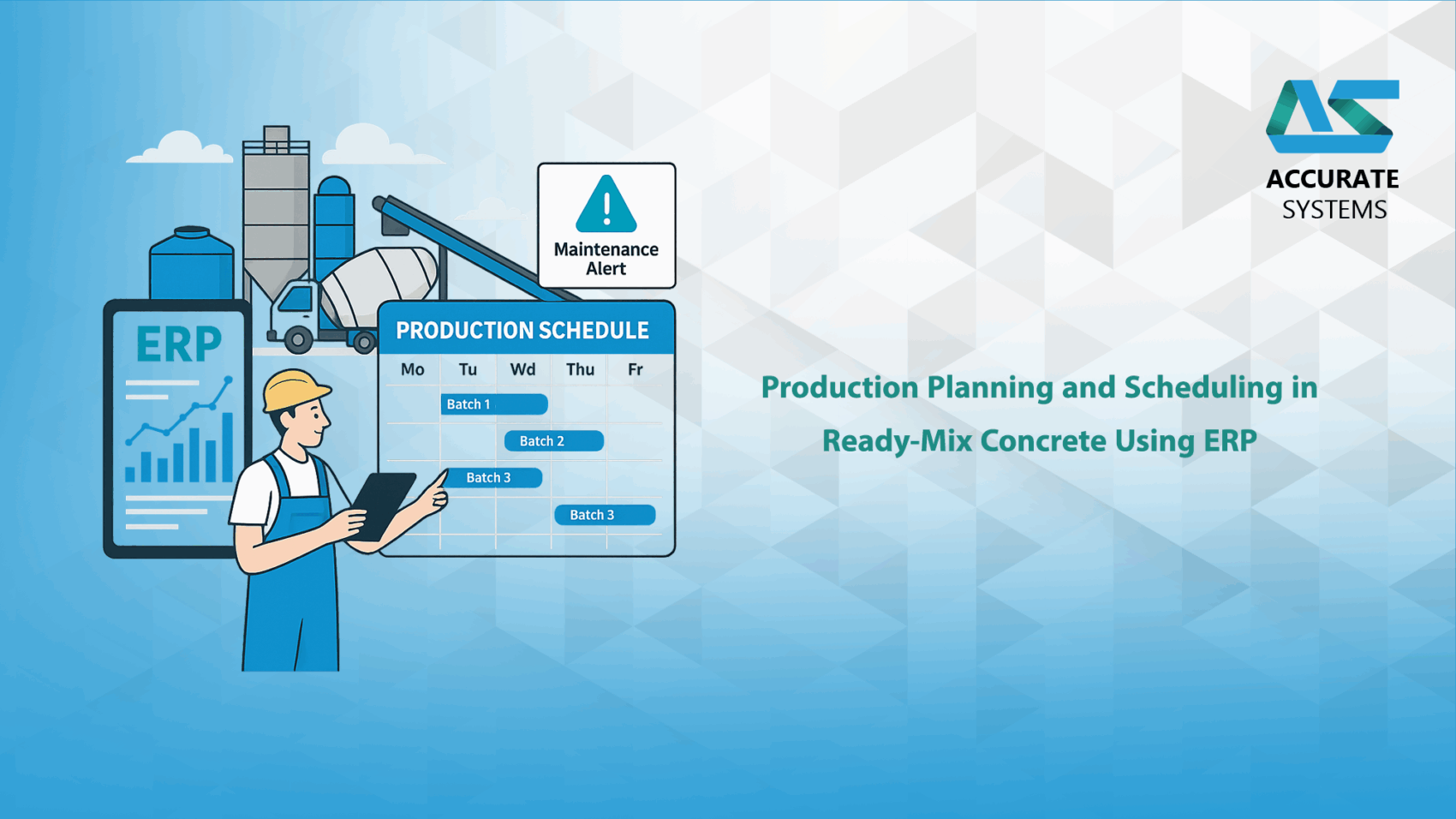Introduction: Why ERPNext is the Ideal Platform for Ready-Mix Concrete Operations
Ready-mix concrete production is a fast-paced, resource-intensive business that demands real-time coordination between production, logistics, finance, and customer service. ERPNext provides a unified, cloud-based solution that integrates all business functions into one intelligent system.
With the addition of industry-specific extensions, ERPNext supports every aspect of ready-mix operations—from production planning to delivery, inventory tracking, and invoicing. Below is a breakdown of how each ERPNext module contributes to optimized performance in a concrete batching environment.
1. Production Planning | تخطيط عمليات التصنيع
ERPNext enables detailed planning of daily production based on sales orders, project timelines, and fleet availability.
- Mix design BOM integration
- Batch scheduling linked to delivery windows
- Load balancing between multiple plants
2. Inventory Tracking | متابعة الإنتاج
Stay updated on the availability and usage of raw materials like cement, aggregates, and admixtures.
- Real-time inventory dashboards
- Silo integration and consumption logs
- Auto-reordering based on threshold levels
3. Order Management | إدارة الطلبات
Streamline order entry and scheduling with CRM and production linkage.
- Quote-to-order conversion
- Customer-specific mix design preferences
- Delivery slot booking
4. Financial Management | الإدارة المالية
Gain full control over cost centers, revenue, and project profitability.
- Project-based costing
- Cash flow and receivables tracking
- Integration with Saudi VAT and ZATCA compliance
5. Maintenance Management | إدارة الصيانة
Track plant equipment, mixers, and truck health with preventive schedules.
- Service logbooks for pumps, silos, and vehicles
- Spare parts inventory
- Alerts for scheduled maintenance or faults
6. CRM | التسويق
Manage leads, follow-ups, and client engagement all in one place.
- Track client preferences and projects
- Record site visits and follow-up reminders
- Manage key account relationships
7. Reporting & Analytics | التقارير والتحليلات
Turn data into decisions with real-time dashboards and trend analysis.
- KPIs: cycle time, truck turnaround, cost per m³
- Custom financial, production, and delivery reports
- Export-ready for internal and board-level reporting
8. Billing & Invoicing | الفوترة والمبيعات
Accelerate payment cycles with automated, compliant invoicing.
- ZATCA Phase 2 e-invoicing with QR and UUID
- Auto-billing by cubic meter and mix type
- Partial invoicing for phased deliveries
9. Quality Control | إدارة الجودة
Ensure that every batch meets specifications and regulatory compliance.
- Log test results (slump, compressive strength)
- Certificates of conformity and test reports
- Integrate QC with production logs
10. Fleet Management | إدارة الشاحنات والتوصيل
Optimize dispatch and fleet operations to reduce delays and maximize delivery efficiency.
- Live truck tracking and route planning
- Trip scheduling based on load and mix design
- Driver logs and fuel usage tracking
Conclusion: One Platform to Run Your Entire Ready-Mix Operation
With ERPNext, ready-mix producers no longer need separate systems for inventory, dispatch, finance, and production. All modules communicate seamlessly to improve uptime, customer service, and cost control.
Whether you’re managing a single plant or a national fleet, ERPNext gives you the tools to deliver concrete on time, every time—while maintaining full operational visibility.
#ERPNext #ConcreteERP #ReadyMixConcrete #BatchingPlant #ProductionPlanning #FleetManagement #InventoryTracking #ZATCACompliance #DigitalConstruction


